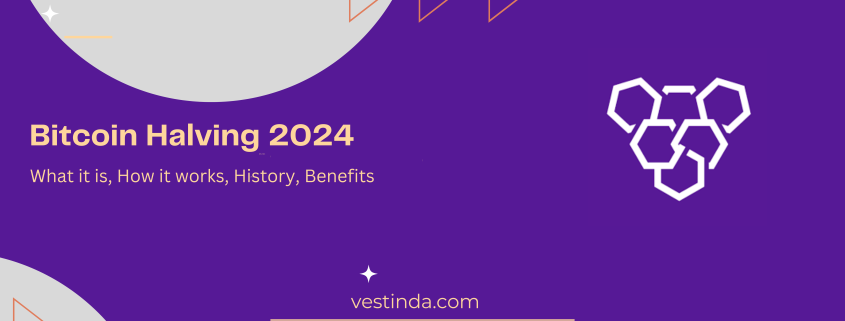Ever wondered about the mysterious forces that drive Bitcoin’s volatility? Enter the Bitcoin halving, a pivotal event that has a profound impact on the world’s most famous cryptocurrency. Bitcoin halving, often referred to as the “halvening,” is a predetermined event coded into Bitcoin’s protocol, designed to reduce the reward miners receive for validating transactions by half.
This mechanism serves as a built-in inflation control, influencing the supply and demand dynamics of Bitcoin. In this article, we’ll unravel the intricacies of Bitcoin halving, exploring its history, its significance for miners and investors, and its potential implications for the cryptocurrency market. We’ll also delve into the mechanics of the halving process and discuss its broader implications for the future of Bitcoin and the crypto ecosystem.
Article summary
What is Bitcoin halving?

Ebiere Watchman is a prolific writer specialized in web 3.0 and finance. Ebiere’s experience includes research projects, sales copywriting, and storytelling. She prides herself in crafting impeccable content to drive mass adoption in cryptocurrency.


